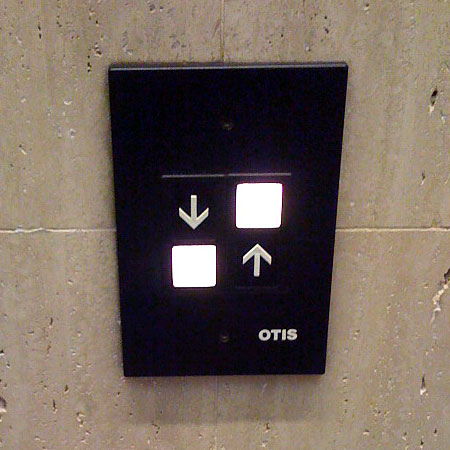A SUCCESSFUL DESIGN
 |
“Scratch my back” by
Pinkeye
|
“Scratch my back” is an interesting grater, which was
designed by Pinkeye – a team of Belgian designers, composed of Arnaud De Vicq,
Bram De Baere, Luc Heylen, Ruud Belmans and Thomas Vanden Abeele.
Balance as Functionality
The four feet are providing a stable stance that allows
for a practical use. The physical balance here is the result of a functional
balance so that this grater can be operated safely and properly without making
a mess. For instance, the firm and solid feet will avoid the grater from bending or shifting, thus, there will be no carrot / cheese grating all over the place, but just on
the plate.
Leveling
This “Scratch my back” grater achieves balance, stability
and lack of tension and stress. Therefore it is a leveled product design that
utilizes "Leveling" as one of the syntactical guidelines.
Positive and negative space
There are some negative space around and between this
grater. This dome-shaped animal (porcupine) creates an arched negative shape
under its belly, which adds an aesthetic perception to the entire design.
Balance as Functionality
Even though this elevator button is a symmetrically balanced design, the design doesn't meet the functional requirements. It is true that visual balance could be desirable; However, it is a huge failure when a product design is "visually" well-designed, but it is "physically" failing in its functionality. A design of elevator button should be simple and user-friendly, but this OTIS elevator bottom seems to create confusion and inconvenience to the users instead. Therefore, it is a failure design in terms of it functionality.
A FAILURE DESIGN
 |
| Elevator button design by OTIS |
Balance as Functionality
Even though this elevator button is a symmetrically balanced design, the design doesn't meet the functional requirements. It is true that visual balance could be desirable; However, it is a huge failure when a product design is "visually" well-designed, but it is "physically" failing in its functionality. A design of elevator button should be simple and user-friendly, but this OTIS elevator bottom seems to create confusion and inconvenience to the users instead. Therefore, it is a failure design in terms of it functionality.
No comments:
Post a Comment